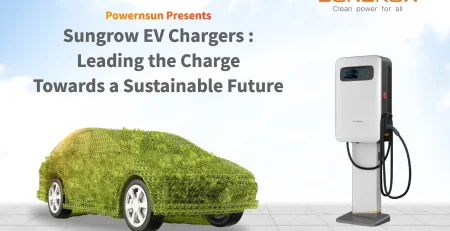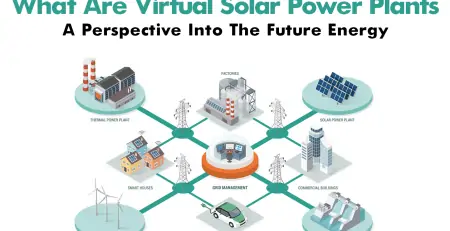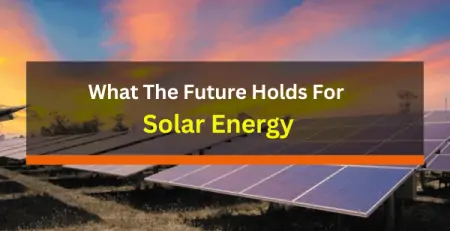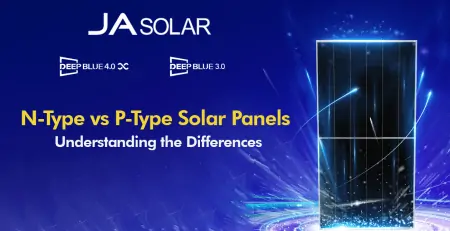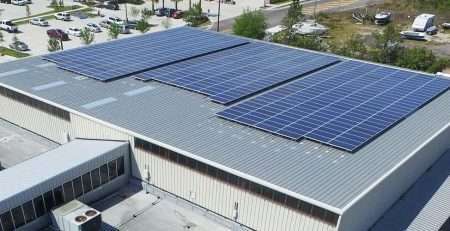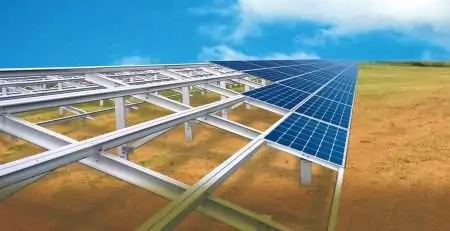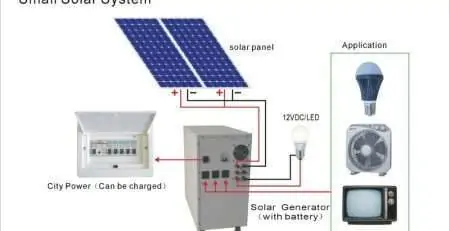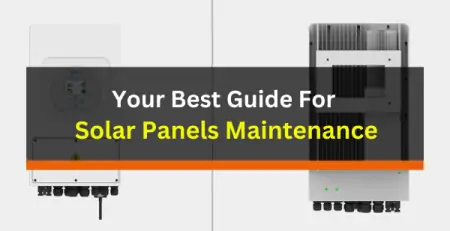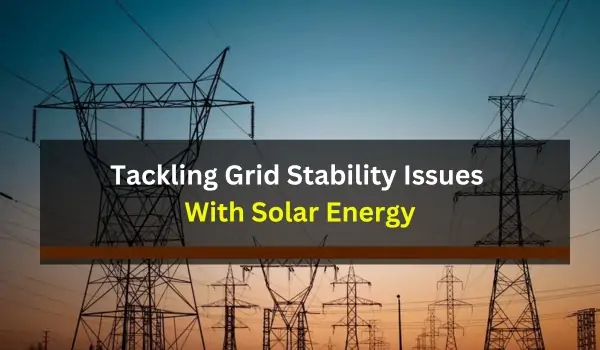
Tackling Grid Stability Issues With Solar Energy – How To Meet The Challenges?
powernsun2023-11-21T09:20:13+04:00Thanks to renewable energy resources, especially solar power, we could efficiently make our contribution towards lessening the impacts of climate change. Solar energy has emerged as the leading source of clean and sustainable energy generation. However, the crucial challenge with solar power generation is grid stability, which is due to the intermittent nature of the sun.
Let’s dive into the recent findings and challenges regarding the impacts of solar energy on grid stability and try to explore the solutions for that.
Power grid stability and solar
A stable as well as balanced grid is essential for uninterrupted and seamless electricity consumption at any time. When compared with other conventional resources, solar resources possess challenges regarding conventional power grids. When it comes to integrating solar power, it indicates huge efforts to accomplish stability.
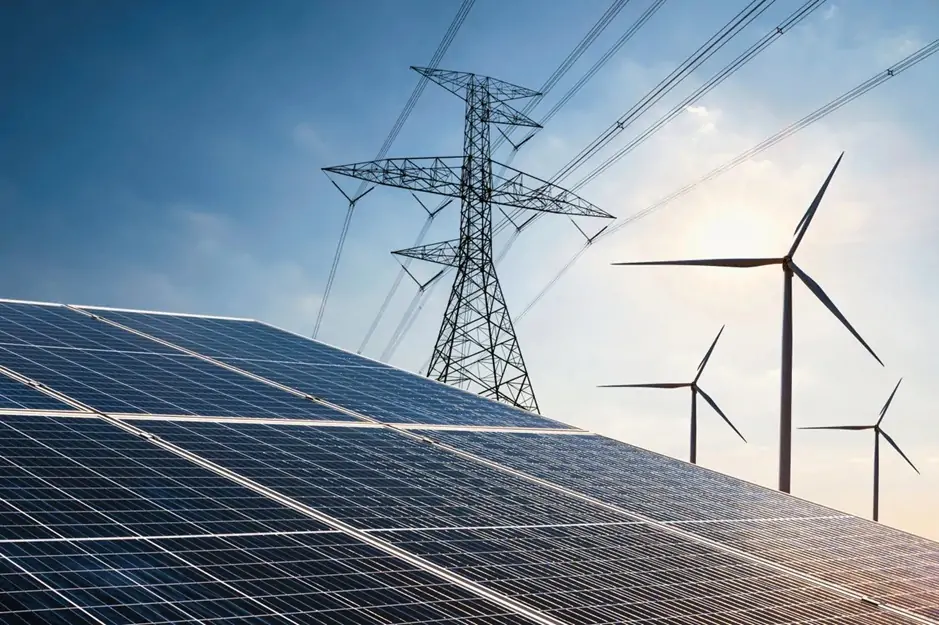
To ensure the stability of the power grid, it is very important to have a perfect balance between the demand and supply of electricity, applicable at any point in time. If the demand rate appears more compared with supply, the probability ends in a frequency dip and vice versa. In worst cases, even the instability can cause tripping of the grid.
So, what is grid stability? It is the capability to maintain the right balance in production and consumption within an electrical grid. To make sure that the power grid remains stable, it should have the potential to respond to volatility in frequency and voltage disturbances.
As solar energy is intermittent and variable in yielding the output, it could lead to changes in voltage and frequency. The system possesses the possibility of becoming unstable if there is an irregular energy supply, resulting in equipment damage, power outages, and interruptions.
The major grid stability challenges with solar power
1. Overloading of the Grid
If the produced power is more than the capacity of the grid, the condition becomes overloaded. This overloading can end up with voltage fluctuations, failures, and outages.
2. Mismatch between demand and supply
Solar power generation can peak at certain points, while it also can be low at some other points. Hence, it may lead to scenarios where the power production fails to meet the demand.
3. Overloading of existing transmission lines
The variable nature of the sun is integrated with the possibility of bringing complexities to achieving a balance between supply and demand. The mismatches in the inflow and outflow of power can create a challenge in the existing transmission face in peak hours. In addition, there lies the challenge of the distributed nature of the solar resource.
4. Frequency Deviation
There should be an optimal balance between power generation and consumption. In case of failure in this, the excess power that may be injected could create a deviation in the grid frequency, resulting in potential damage/malfunctioning of equipment.
Addressing the grid stability issues with solar – Energy storage is a feasible solution
One of the crucial challenges with solar power generation is its intermittent nature. Energy storage systems have an essential role in maintaining grid stability. Using backup sources, like large lithium-ion batteries, helps in providing better protection during power outages. In addition, they also make sure there is continuous operation of solar equipment.
Critical aspects such as peak load management, distributed power generation, improved power quality, and reduced energy import in case of peak demands– all these can be achieved effectively with the help of energy storage devices. Furthermore, by storing excess energy and making it usable for later use, solar energy storage systems have a pivotal role in load balancing. Thus reducing the burden on the grid and avoiding voltage fluctuations or blackouts.
Energy storage systems – It’s a game changer for grid stability issues

Remember, solar energy generation is totally dependent on its unpredictable nature. This leads to non-control of the operator on it. Solar power policy indicates that energy should be in must-flow and should never back down. However, the potential dangers can arise due to this ‘must-flow’ status.
Apart from lithium-ion batteries, more energy storage solutions are being explored to leverage their power in tackling the issues with grid stability. What makes lithium-ion batteries top the list is their long lifecycle and high energy density. Some of the other significant characteristics of the batteries include scalability and rapid response time. Since the cost of these batteries is declining, it is becoming an alluring choice for grid-scale applications.
For optimal economical and efficient grid operation, it should meet peak demand. Energy storage solutions are excellent solutions.
Smart grids also play a vital part in managing grid stability issues. Intelligent features such as control and communication systems can have effective impacts on grid stability. Moreover, the sensors are also able to detect and evaluate imbalances in power distribution. Thus we can ensure the health of the equipment.
Energy storage solutions from Powernsun
The emerging energy storage solutions help in creating a secured, stabilized, and balanced grid in the future. Powernsun is glad that you can experience advanced energy storage solutions of Li-ion Batteries at Powernsun. We offer you a high range of long-lasting lithium-ion batteries, which are at the forefront of energy storage solutions from a leading brand Dyness. We provide a variety of sizes to meet all energy storage needs.

